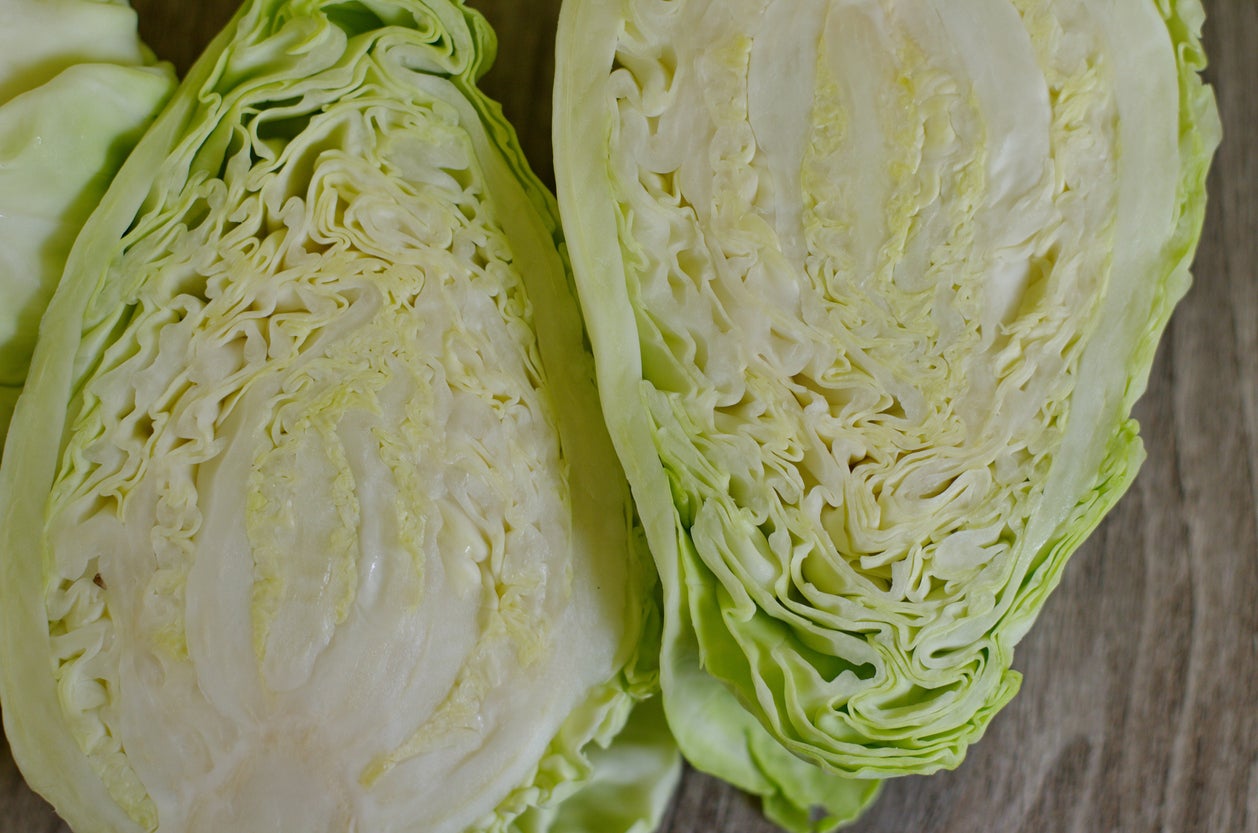Heirloom Cabbage Plants – How To Grow Charleston Wakefield Cabbages


If you're looking for a variety of heirloom cabbage plants, you might want to consider growing Charleston Wakefield. Although these heat-tolerant cabbages can be grown in almost any climate, Charleston Wakefield cabbage was developed for southern United States gardens.
What is Charleston Wakefield Cabbage?
This variety of heirloom cabbage was developed in the 1800s on Long Island, New York and sold to F. W. Bolgiano seed company. Charleston Wakefield cabbages produce large, dark green, cone-shaped heads. At maturity, the heads average 4 to 6 lbs. (2 to 3 kg.), the largest of the Wakefield varieties.
Charleston Wakefield cabbage is a fast-growing variety that matures in as little as 70 days. After harvest, this variety of cabbage stores well.
Growing Charleston Wakefield Heirloom Cabbage
In warmer climates, Charleston Wakefield can be planted in the fall to overwinter in the garden. In cooler climates, spring planting is recommended. Like most cabbage plants, this variety is moderately tolerant of frost.
Cabbage can be started indoors 4-6 weeks before the last frost. Charleston Wakefield cabbages can also be seeded directly into a sunny area of the garden in late spring or early fall depending upon the climate. (Soil temperatures between 45- and 80-degrees F. (7 and 27 C.) promote germination.)
Plant seeds ¼ inch (1 cm.) deep in a seed-starting mix or rich, organic garden soil. Germination can take between one and three weeks. Keep young seedlings moist and apply a nitrogen-rich fertilizer.
After the danger of frost has passed, transplant seedlings into the garden. Space these heirloom cabbage plants at least 18 inches (45.5 cm.) apart. To prevent disease, it's recommended to plant cabbage in a different location from previous years.
Gardening tips, videos, info and more delivered right to your inbox!
Sign up for the Gardening Know How newsletter today and receive a free copy of our e-book "How to Grow Delicious Tomatoes".
Harvesting and Storing Charleston Wakefield Cabbages
Charleston Wakefield cabbages generally grow 6- to 8-inch (15 to 20.5 cm.) heads. The cabbage is ready for harvest around 70 days when the heads feel firm to the touch. Waiting too long can result in the heads splitting.
To prevent damaging the head during harvest, use a knife to cut the stem at the soil level. Smaller heads will then grow from the base as long as the plant isn't pulled.
Cabbage can be consumed raw or cooked. Harvested cabbage heads can be stored in the refrigerator for several weeks or several months in a root cellar.

Laura Miller has been gardening all her life. Holding a degree in Biology, Nutrition, and Agriculture, Laura's area of expertise is vegetables, herbs, and all things edible. She lives in Ohio.
-
 Grow ‘Karl Rosenfield’ Peony Plants For The Ultimate Frilly Border Beauties And Cut Flowers
Grow ‘Karl Rosenfield’ Peony Plants For The Ultimate Frilly Border Beauties And Cut FlowersFor frilly double magenta peony petals infused with a heady fragrance, grow ‘Karl Rosenfield’ peony plants. Here’s how to cultivate the ultimate plushy blooms
By Tonya Barnett
-
 10 Common Composting Problems That Can Spoil Your Garden Gold – Plus Easy Fixes
10 Common Composting Problems That Can Spoil Your Garden Gold – Plus Easy FixesLearn how to troubleshoot common composting issues before they ruin your stash – from bad smells and bugs to materials not breaking down as they should.
By Susan Albert